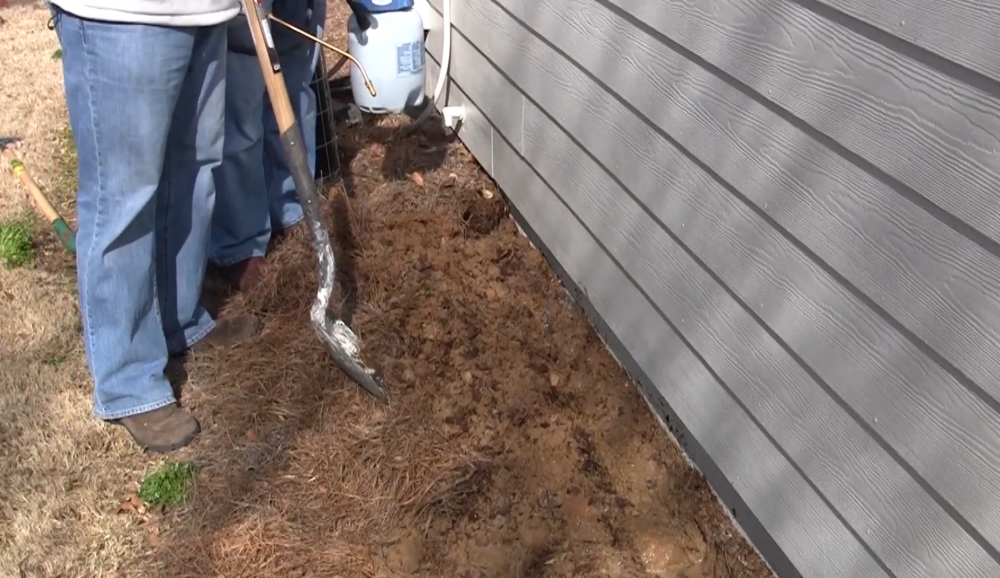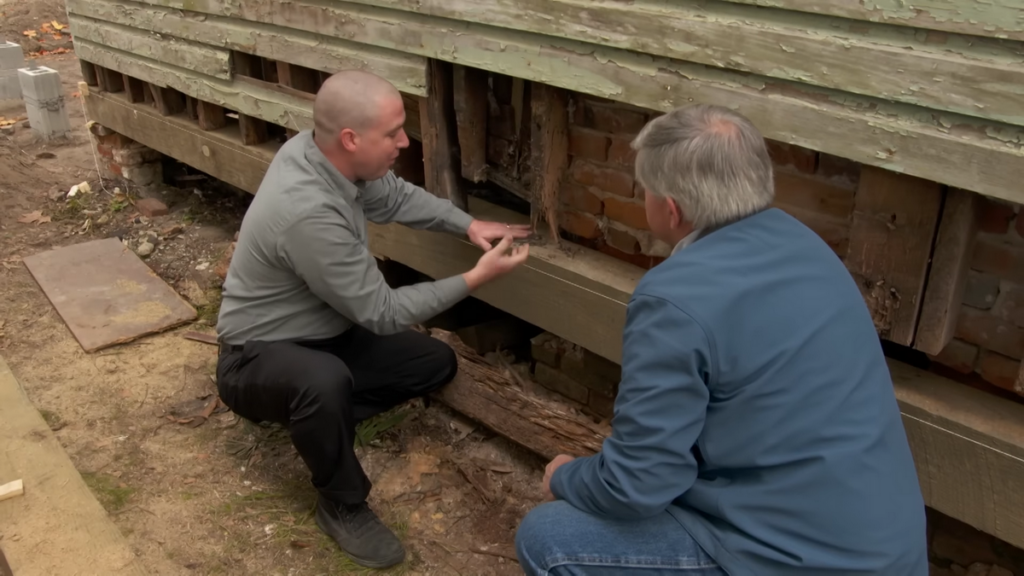Termite prevention is crucial for maintaining the integrity of your home. Termites can cause significant structural damage, leading to costly repairs. Termites are small insects that feed on wood and can cause extensive damage to structures. There are three main types of termites: subterranean, drywood, and dampwood.
Subterranean termites build colonies underground and create mud tubes to access food sources above ground. Drywood termites live within the wood they consume, requiring less moisture and often infesting furniture and wooden structures. Dampwood termites prefer high-moisture environments and are typically found in decaying wood. Recognizing the signs of a termite infestation is crucial for early intervention.
Common indicators include mud tubes on walls or foundations, discarded wings near windows or doors, hollow-sounding wood, piles of frass (termite droppings), blistered or peeling paint, and tight-fitting doors or windows that indicate structural damage.
By understanding the different types of termites and recognizing the signs of an infestation, homeowners can take proactive steps to protect their properties from these destructive pests.
Regular Inspections
Annual professional inspections are vital for effective termite prevention. Trained professionals have the expertise to identify early signs of infestation and recommend appropriate treatments. They use specialized equipment and techniques to detect termites that might not be visible to the untrained eye. Professional inspections also often come with guarantees, providing peace of mind for homeowners.
However, homeowners can also conduct their own inspections between professional visits. DIY inspections can help catch issues early before they become severe. During these inspections, look for mud tubes, discarded wings, and other signs of termite activity. Mud tubes are small, narrow tunnels that termites build to travel from their colonies to their food sources. Discarded wings near windows or doors can indicate that termites have swarmed and are establishing new colonies.
Pay special attention to common entry points and vulnerable areas such as basements, crawlspaces, and around the foundation. These areas are prone to moisture and provide easy access for termites. Inspect wooden structures, including beams, floorboards, and walls, for hollow sounds or blistered paint. Tapping on wood surfaces and listening for hollow sounds can help detect termite damage. Blistered or peeling paint can also be a sign of moisture buildup, which can attract termites.
Inspecting common entry points is essential for preventing termite infestations. Termites can enter through cracks in the foundation, gaps around plumbing, and any wood-to-soil contact. Regularly checking and maintaining these areas can prevent infestations. Seal cracks and gaps with appropriate materials, and ensure that any wood in contact with soil is treated or replaced with termite-resistant materials. Termite tenting, also known as fumigation, is another method that may be recommended during professional inspections if a severe infestation is detected.
While effective, termite tenting requires homeowners to vacate the property for a few days and follow safety precautions. Regular inspections, both professional and DIY, are key components of a comprehensive termite prevention strategy.
By staying vigilant and addressing issues early, homeowners can avoid significant damage and costly repairs. Combining professional expertise with regular homeowner vigilance ensures that termite problems are caught and managed promptly.
Preventive Measures
Now let us talk about the preventive measures.
Construction Techniques and Materials
- Using termite-resistant materials is an effective way to prevent infestations during construction or renovation.
- Materials such as concrete, steel, and pressure-treated wood are less susceptible to termite damage.
- Physical barriers, like stainless steel mesh and sand barriers, can also be installed to deter termites from accessing the structure.
Moisture Control
Moisture control is crucial in preventing termite infestations. Fixing leaky plumbing and faulty gutters helps reduce moisture levels that attract termites. Proper ventilation in high-humidity areas, such as basements and crawlspaces, can prevent moisture buildup. Using dehumidifiers and ensuring proper drainage around the foundation are also effective strategies.
Landscaping and Yard Maintenance
Proper landscaping and yard maintenance can significantly reduce the risk of termite infestations. Mulch should be placed at least one foot away from the foundation to prevent termites from accessing the structure. Remove dead trees, firewood, and other cellulose materials near the house, as these can attract termites. Additionally, minimizing wood-to-soil contact can deter termites from entering the home.
Termite Treatments
Now you should take a look at different treatments.
Chemical Treatments
- Chemical treatments are a common method for controlling and preventing termite infestations. Termiticides can be applied as liquid barriers, bait systems, foams, and ground treatments.
- Liquid barriers create a chemical barrier around the foundation, while bait systems attract and eliminate termites. Foams and ground treatments are used to treat specific areas of infestation.
- Proper application techniques and safety precautions are essential when using chemical treatments. Homeowners can choose between professional treatments or DIY options.
- Professional treatments are typically more effective and come with guarantees, but DIY methods can be cost-effective for minor infestations.
Natural and Eco-Friendly Methods
For those seeking natural and eco-friendly termite prevention methods, several options are available. Essential oils such as vetiver oil, cinnamon oil, clove bud oil, and tea tree oil can repel termites. Diatomaceous earth and sand barriers can be used to deter termites from entering the home. Encouraging natural predators like ants, birds, and lizards can also help keep termite populations in check.
Common Mistakes to Avoid
- Avoiding common mistakes is crucial for effective termite prevention. Ignoring regular inspections can allow infestations to go unnoticed and cause significant damage.
- Overlooking minor leaks and moisture issues can create ideal conditions for termites. Improper use of mulch and landscaping materials, such as placing mulch too close to the foundation, can attract termites.
- Failing to address wood-to-soil contact can provide termites with easy access to the structure.
Long-Term Prevention Strategies
- Long-term prevention strategies involve repairing and sealing entry points to prevent termites from entering the home. Using termite-resistant materials during construction or renovation can provide lasting protection.
- Enrolling in professional maintenance plans ensures regular inspections and treatments, keeping termite populations under control.
- Regular monitoring and maintenance of vulnerable areas, such as basements and crawlspaces, can help detect and address issues early.
The Bottom Line
Proactive termite prevention is essential for protecting your home from costly damage. By implementing the strategies outlined in this guide and staying vigilant, you can effectively prevent termite infestations. Remember to seek professional help when necessary to ensure the best results.



















